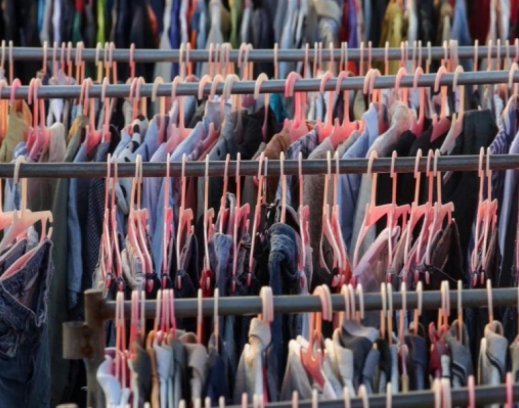
Gildan’s ultra-cotton 2000 gets even softer
Study shows expensive t-shirts not always longest lasting.

30th July 2025
Knitting Industry
|
Leeds, United Kingdom
A joint study by the University of Leeds Institute of Textiles and Colour (LITAC) and sustainability NGO WRAP has revealed that higher price does not necessarily equate to better durability in t-shirts sold in the UK. The research, presented by PhD student Kate Baker at the Product Lifetimes and the Environment (PLATE) Conference in Denmark, challenges long-held consumer assumptions that cost reflects quality.
Conducted as part of the UK Textiles Pact - a ten-year initiative led by WRAP to increase circularity in clothing - the study tested 47 t-shirts across men’s and women’s categories, including luxury brands. The garments underwent rigorous lab testing including 50 wash-and-dry cycles at 30°C, and were assessed for pilling, colour fading, shrinkage, and overall appearance.
One of the most striking findings was the lack of correlation between price and durability. Of the ten top-performing t-shirts, six cost under £15, outperforming garments with significantly higher price tags. Notably, the most expensive t-shirt tested, priced at £395, ranked only 28th out of 47, while a £4 t-shirt placed 15th. The best-performing t-shirt cost £28, whereas one of the poorest performers cost £29.
“If circularity in fashion is to be truly effective, durability must come first,” said Dr Eleanor Scott of LITAC. “Durability underpins the reuse and resale market, and our results show it’s achievable at any price point.”
WRAP’s textiles programme lead, Mark Sumner, added: “Most shoppers use price as an indicator of how hard-wearing clothes are, but our study shows this is totally misleading. Judging on price alone? Buyer beware.”
The study also found that t-shirts with synthetic fibre blends - such as polyester, polyamide or elastane - tended to outperform pure cotton in durability metrics, particularly with regard to shrinkage. However, the research showed that well-constructed 100% cotton t-shirts can still offer excellent longevity, with four of the top ten performing garments made from pure cotton.
With global apparel consumption forecast to grow by 63% by 2030, WRAP is calling for a renewed industry focus on designing for durability. In 2021 alone, the UK sent 711,000 tonnes of textile waste to landfill or incineration, with much of it disposed of through household waste.
The study also highlighted the overconsumption trend: UK consumers buy an average of 28 clothing items per year, amounting to around 586,000 tonnes annually. One-quarter of items in UK wardrobes remain unworn for more than a year.
The testing methodology developed by WRAP and LITAC is now ready for adaptation across different regions. WRAP is in discussions with EU and US partners to help establish durability and performance benchmarks suited to local markets.

Business intelligence for the fibre, textiles and apparel industries: technologies, innovations, markets, investments, trade policy, sourcing, strategy...
Find out more